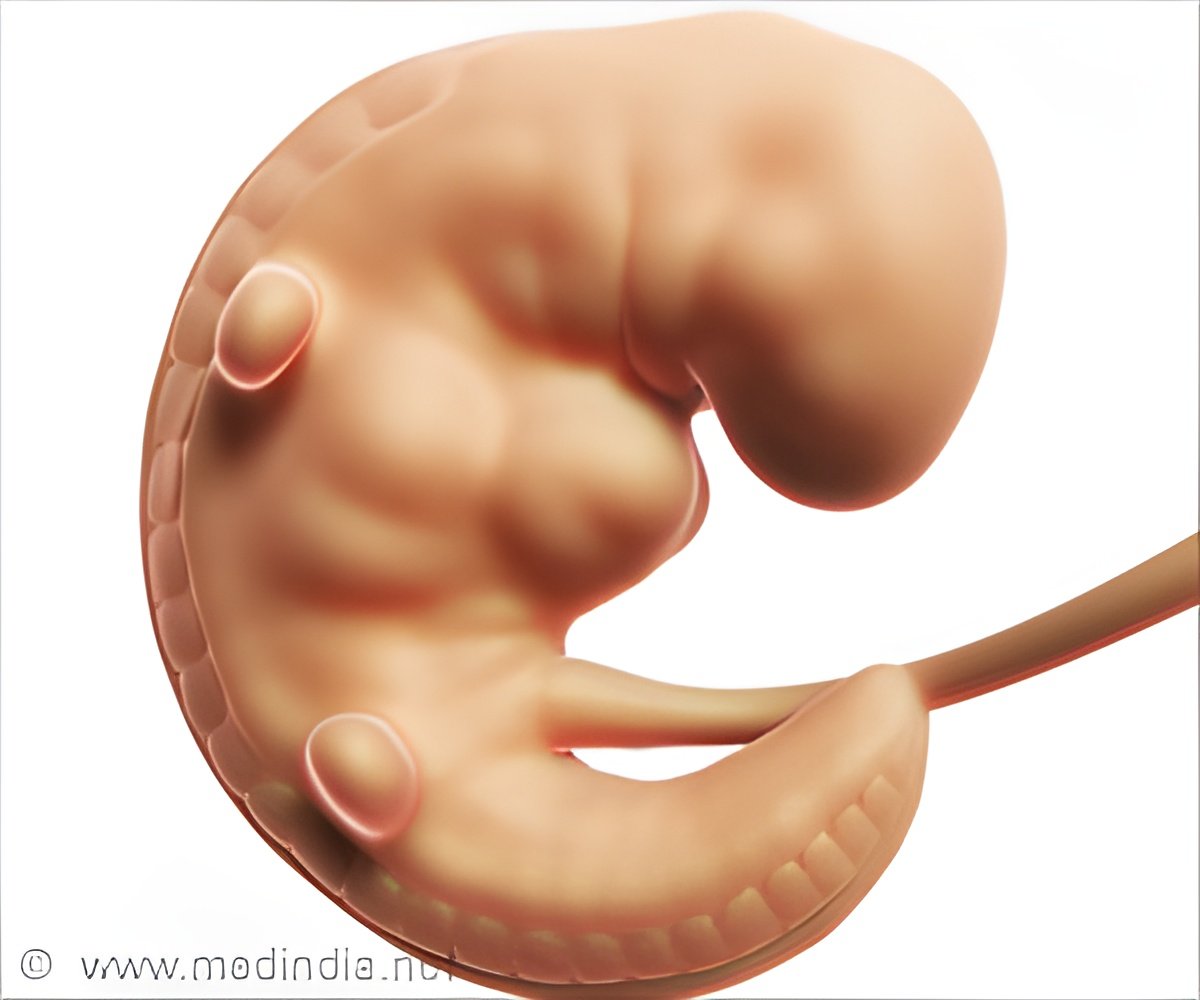Utilization of computer modeling and advanced imaging allows scientists to understand the mechanisms during fetal brains growth and folding.

‘Utilization of computer modeling and advanced imaging allows scientists to understand the mechanisms during fetal brains growth and folding. This helps in solving the missing puzzles of the brain’s early development.
’





“One of the important topics with soft biological tissue is the brain. It’s a mystery for us how our brains start from the smoothest state at 22 to 25 weeks after gestation, but within a few weeks there is expansion in the surface area and volume, as well as brain folding,” , says Mir Jalil Razavi, Assistant Professor from the Thomas J. Watson College of Engineering and Applied Science’s Department of Mechanical Engineering. Complexity of Brain
There are more than 100 billion neurons in a human brain. The transmission of information occurs through the complex network of axonal fibers that would stretch the entire 239,000 miles from the Earth to the Moon if connected end to end.
These connections/hardwiring happen before birth, as brains form folds that connect the neurons in random yet significant ways.
The team hopes to chart the formation of brain folds as faster-growing grey matter (the outer layer) grows on top of white matter (the inner layer that communicates between different gray matter areas and connecting it to the rest of the body).
Advertisement
The collaborated team obtained scans of 50 fetuses at 25 weeks and 36 weeks using standard magnetic resonance imaging (MRI) and brain-specific diffusion tensor imaging (DTI). This helped map the diffusion process of molecules within cells.
Advertisement
Altogether these data may serve as a beginning step to understand some brain disorders, such as autism, schizophrenia, and polymicrogyria (in which the surface of the brain has many ridges or folds) and design better therapeutics.
Source-Medindia













